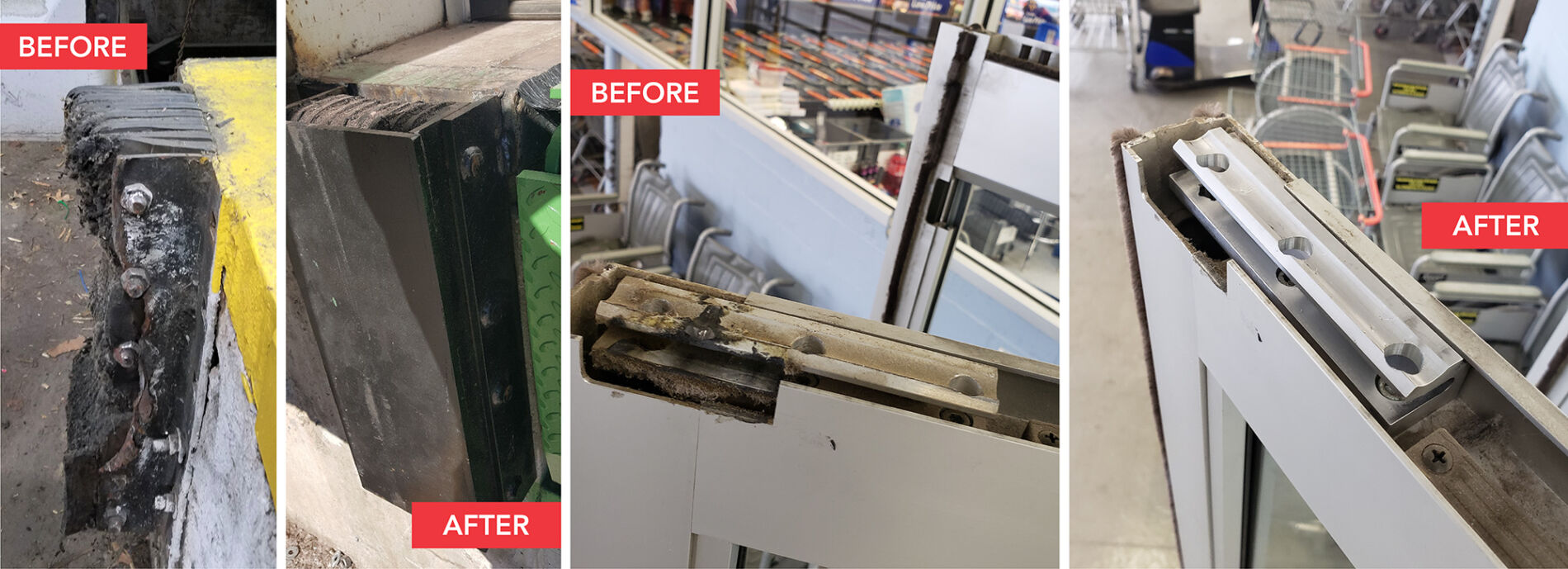Planned maintenance is one of the most important activities you can do for your facility’s doors and docks. Keeping a regular schedule allows equipment to be inspected and smaller repairs made before they become much larger issues. It may seem that only large doors or heavy equipment need to be looked at so frequently, but that’s simply not the case.
Planned maintenance has a host of benefits including decreased downtime and long-term repair expenses, lower chance of doors and equipment malfunctioning, longer safe and useful life of doors and equipment, and increased operational efficiency and reliability of doors and equipment.
Enrolling in a Planned Maintenance Agreement (PMA) with DH Pace is free and offers discounts on labor for all service and repair work. Plus, agreement holders receive priority scheduling for services and repairs. Furthermore, planned maintenance agreements can be customized for your facility’s specific doors, operators, and dock equipment. You pay only for the discounted labor required to perform the planned maintenance work, along with any repair parts used per your authorization. Each planned maintenance service call includes a written checklist of the work performed and any recommendations for potential repairs or product replacement.
Below are some examples of common situations that occur when equipment doesn’t undergo regular planned maintenance by trained professionals. Contact us today to enroll in a planned maintenance agreement and schedule a visit with our expert technicians.
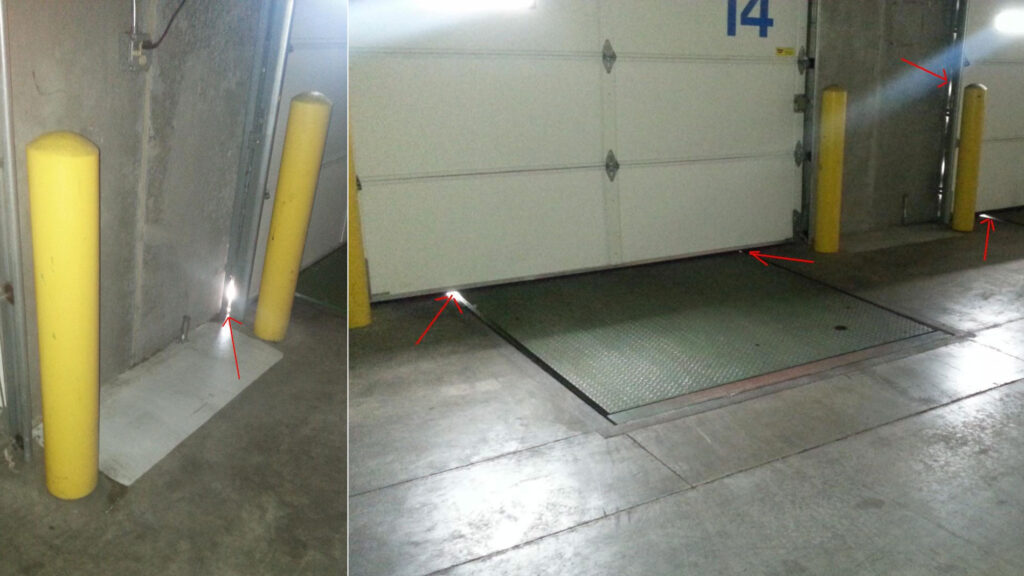
Problem: Daylight is coming through the edges of the doors and levelers, allowing tempered air out and weather elements in as well as insects and rodents, which is a significant issue in USDA inspected facilities.
What PM would have done & how: Found any damaged areas that were causing the door to move off track or lack a full seal; straighten any dented edges along the door and replace weatherstripping to ensure consistent seal on all four sides to increase energy efficiency.
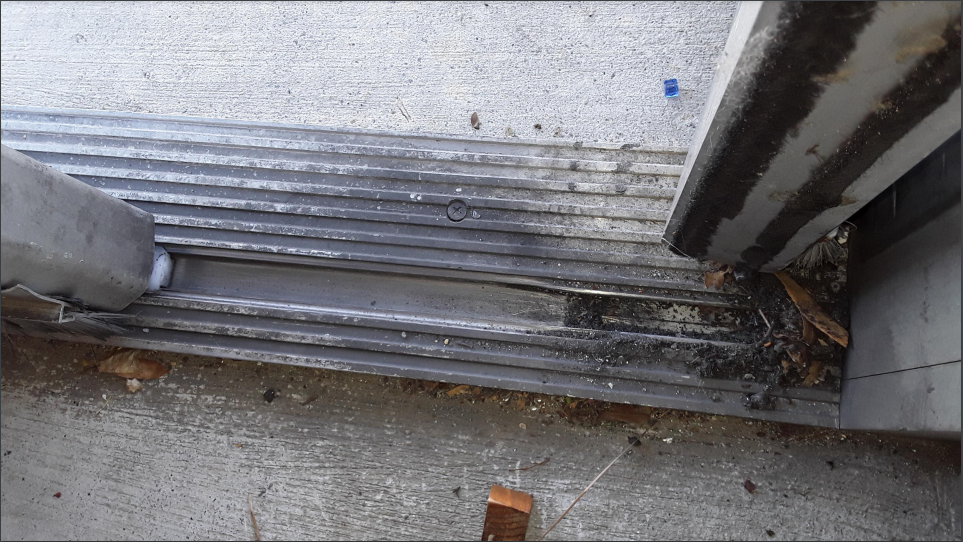
Problem: Automatic sliding door is not opening or closing fully.
What PM would have done & how: Cleaned track, threshold, and door bearings to remove dirt and debris and ensure the door slides with as little friction as possible to reduce wear on these parts as well as the motion mechanism. This keeps the door moving easier and therefore reduces the strain on the mechanism to help extend its life as well. Any worn spots on the door or threshold are also identified and replaced before the door is unable to move.
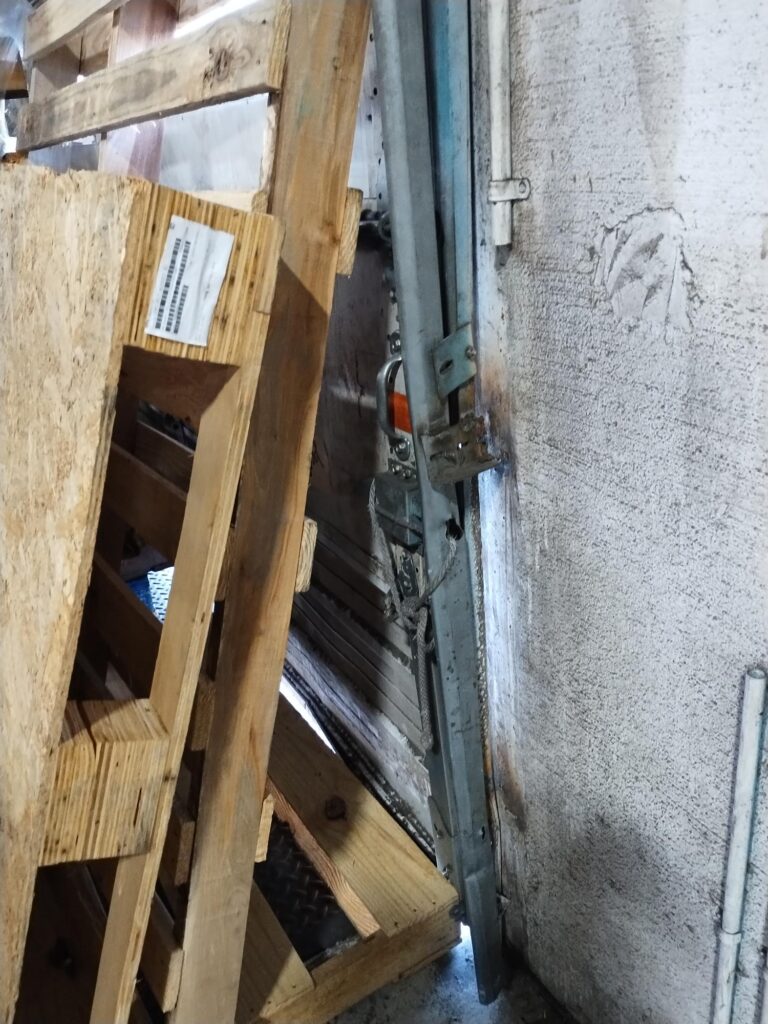
Problem: Sectional door track detached from the building.
What PM would have done & how: Found any loose connections or deteriorating surfaces to proactively repair at a convenient time rather than the track falling away from the building when the door is needed, or worse, when in use. It also keeps the door able to move smoothly to avoid the door getting stuck open or closed.
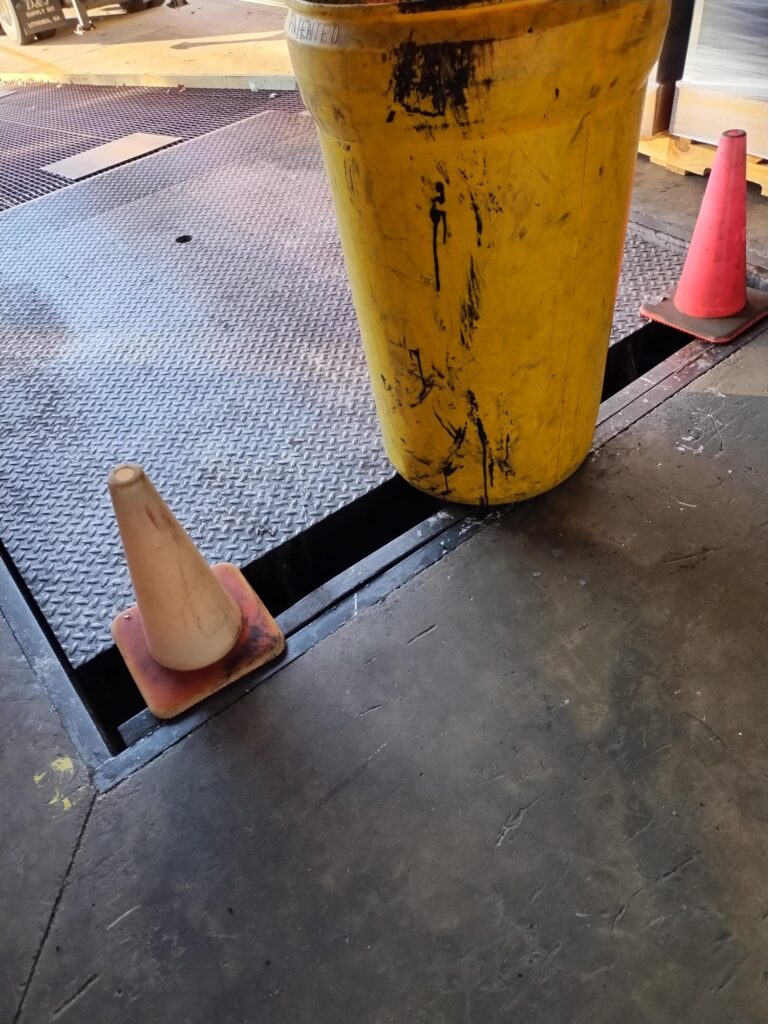
Problem: The dock leveler’s rear structure has failed and broken loose from its attachment point creating a serious OSHA fall and trip hazard.
What PM would have done & how: Identified any broken welds and repaired them before a serious danger developed.

Problem: The door handle broke and cannot turn to open the door.
What PM would have done & how: Inspected all hardware to identify and tighten loose parts, replace worn or failing parts to ensure door maintains functionality and avoids potential fire and life safety and egress hazards.
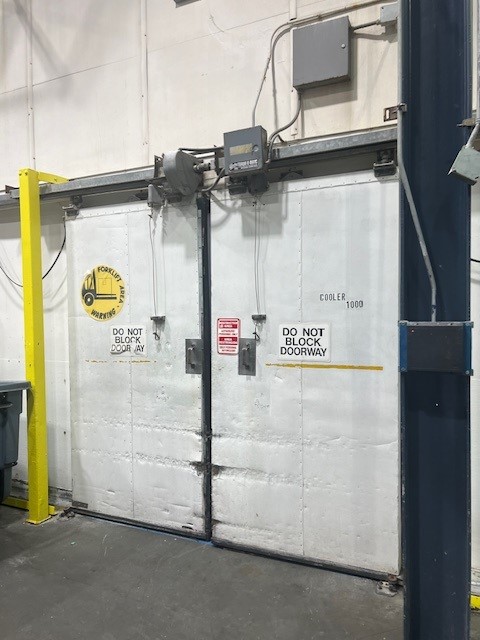
Problem: The freezer door is damaged and not fitting up well and sealing. Gaskets need to be replaced, and the door aligned.
What PM would have done & how: Damages to skin of door can be assessed and addressed as needed.
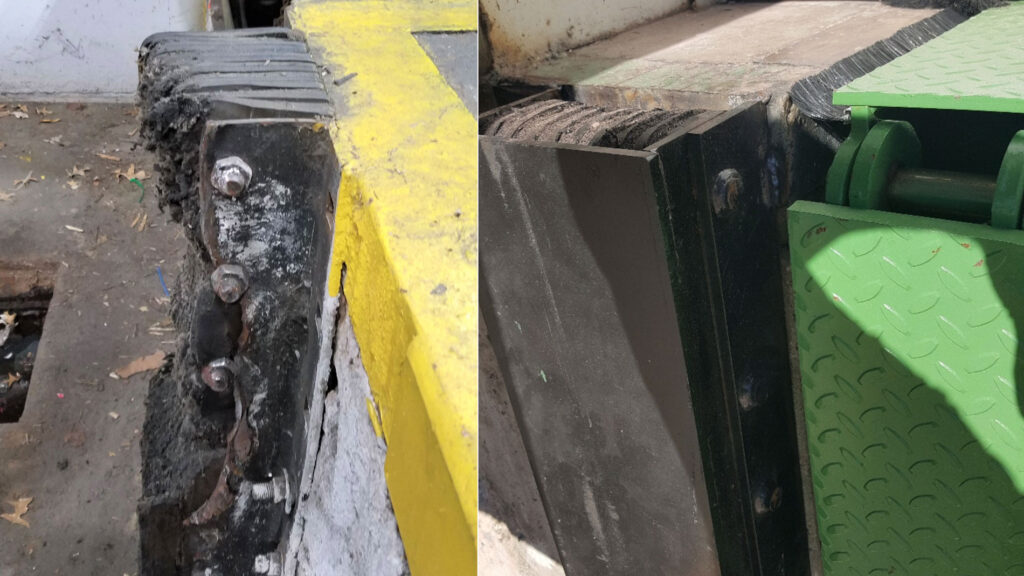
Problem: Dock bumper has been repeatedly hit and impacted causing portions to fall off and allowing trucks to reach the building and cause damage to the wall or to levelers and restraints.
What PM would have done & how: Identified damage and assessed how it was being so heavily damaged to repair, fortify, or replace with a better-suited product for the application and type of truck traffic at the dock to avoid costly damage to the dock or building wall and equipment.
